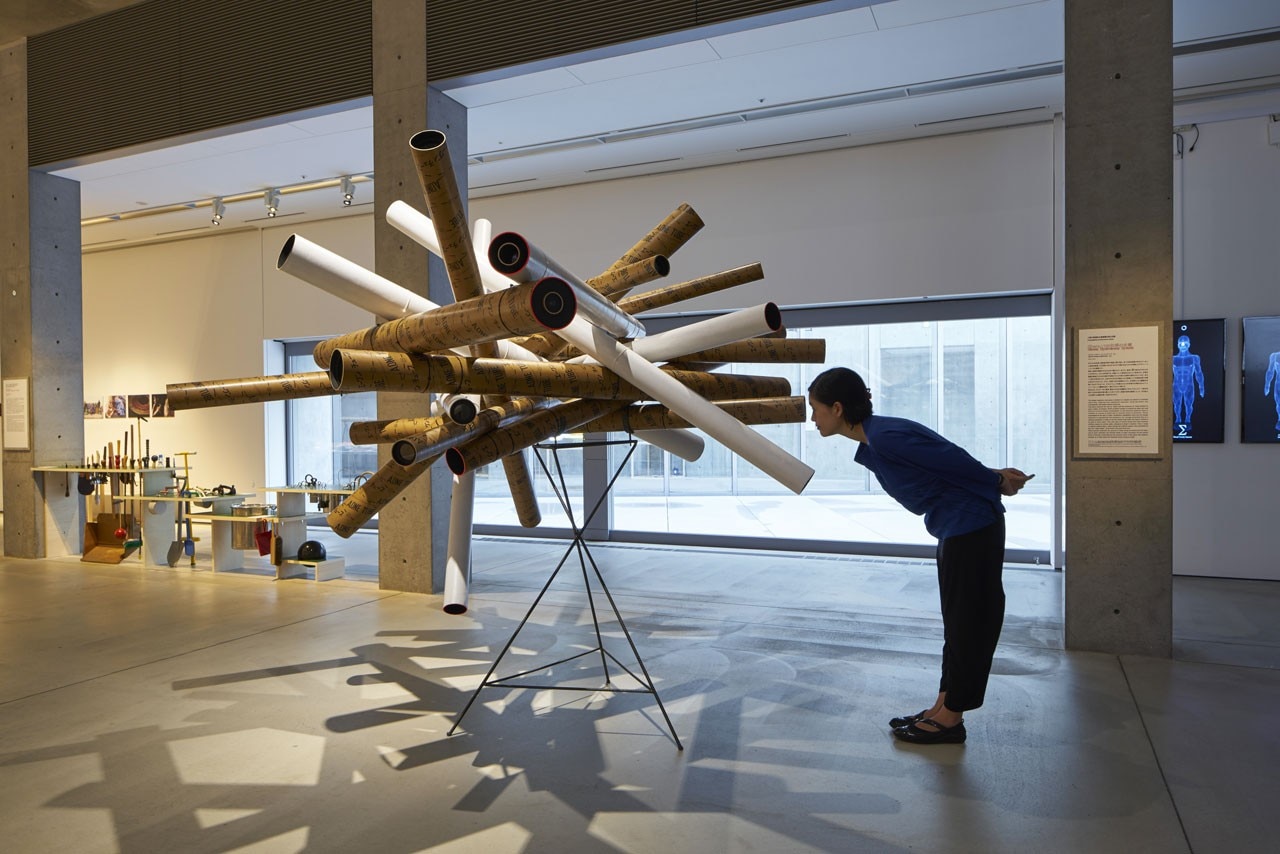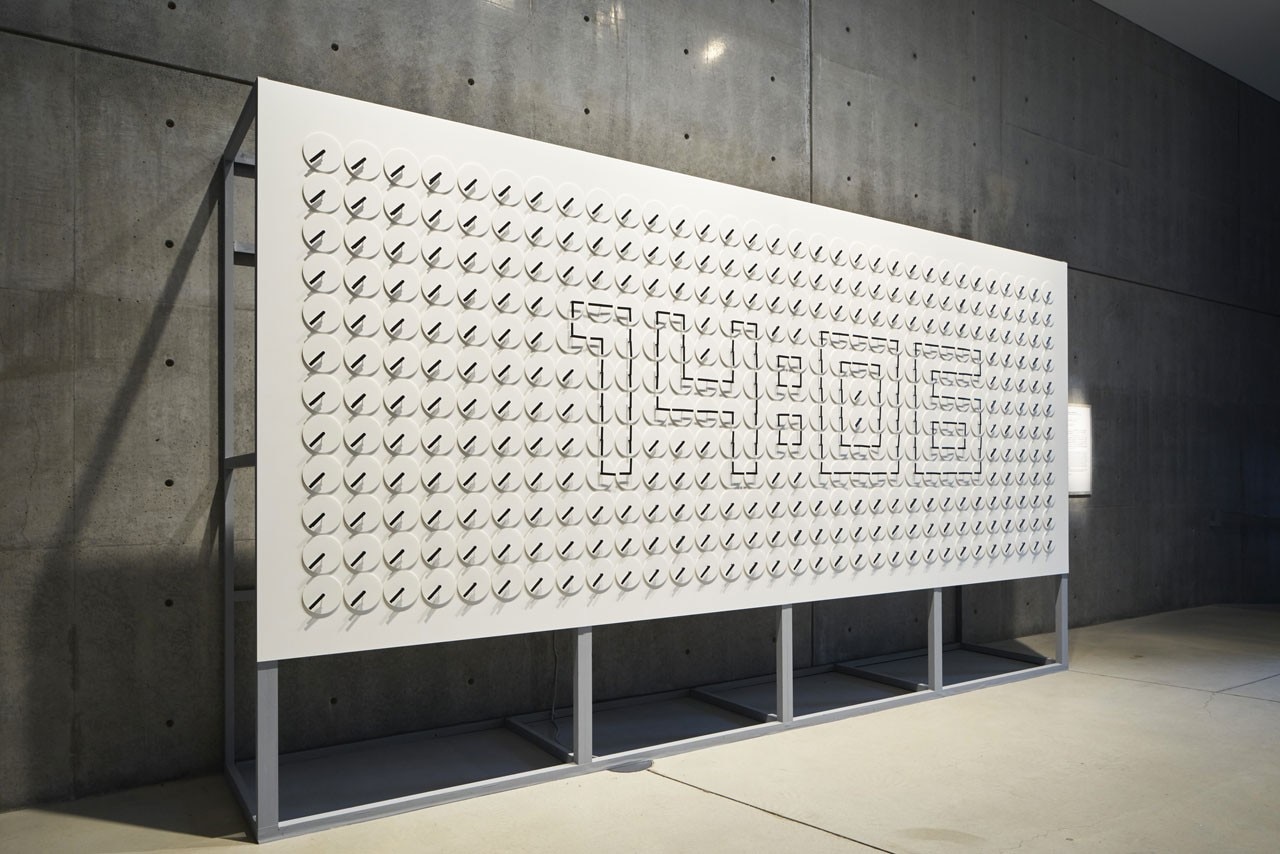
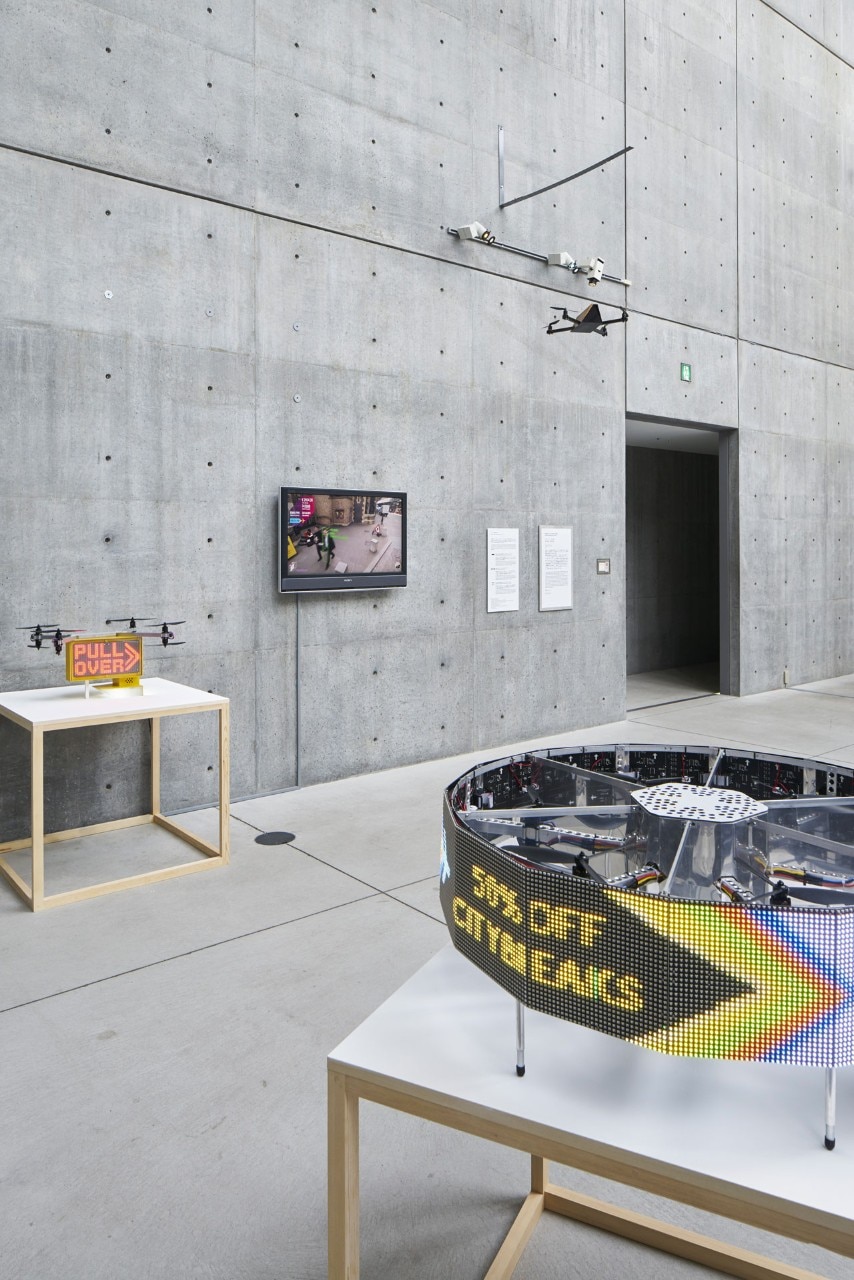
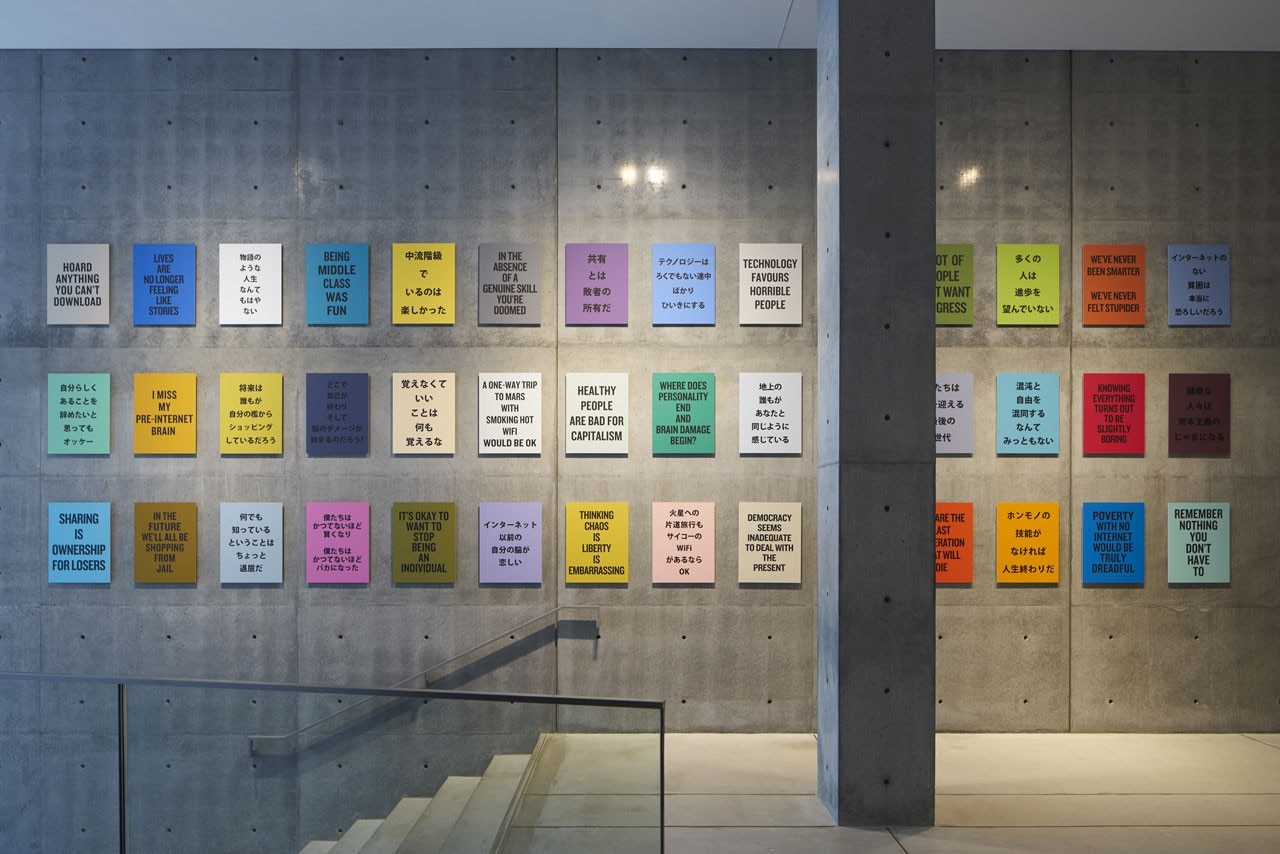
The first four introductory pieces in the venue serve as hints to the main message of the exhibition according to curator Ikko Yokoyama. Opening with PET Lamp, the awareness project initiated by Alvaro Catalán de Ocón is an exploration into the traditional craftsmanship around the world, where PET bottles are turned into lamps. The project introduces a hint about the contemporary design that emerges from very simple design solutions and does not necessarily require advanced technologies to be created.
Yokoyama points out that the future of the design is not to be mass-produced, but rather fabricated for individual needs. The project Story Vase resounds with such awareness by narrating intimate stories of women who cannot read or write but whose crafts “speak” through inscribed messages of their own stories in glass vessels.
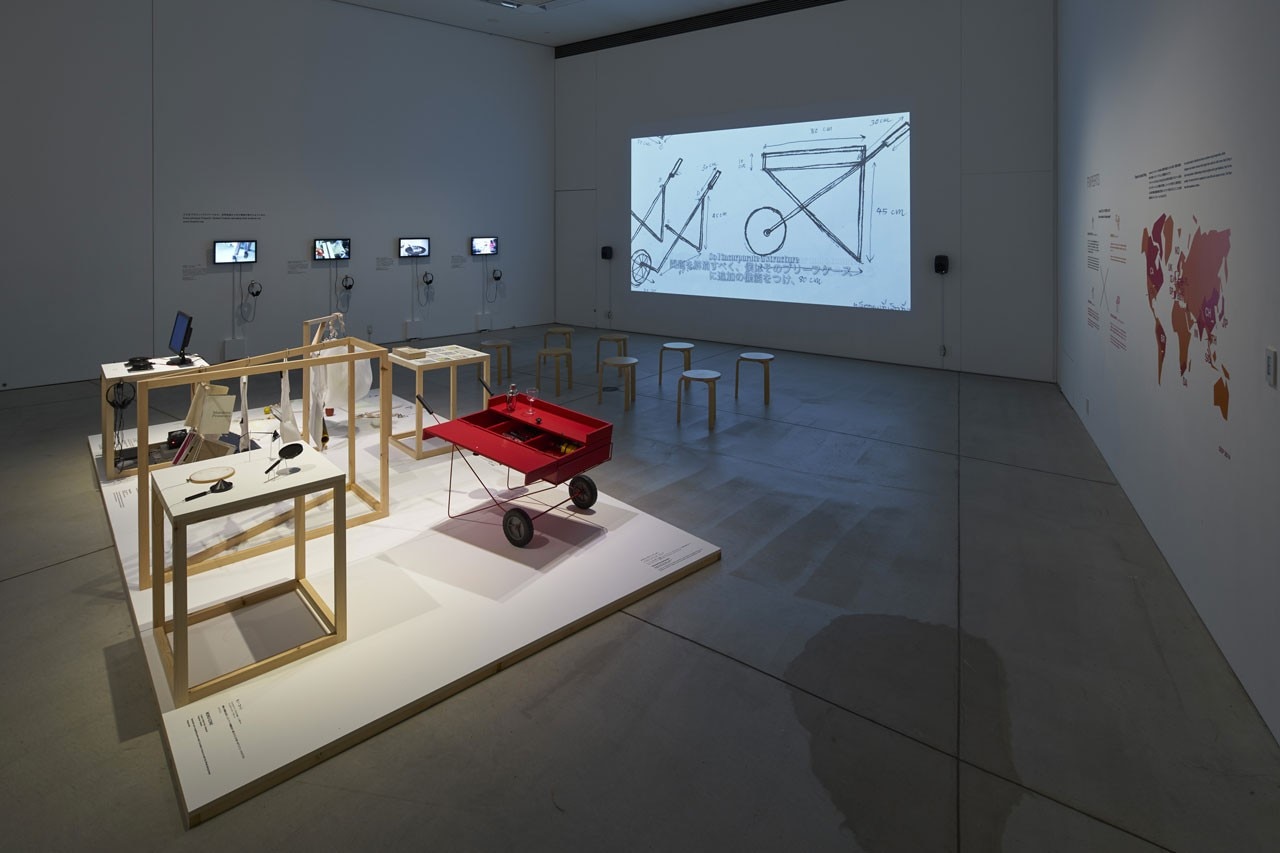
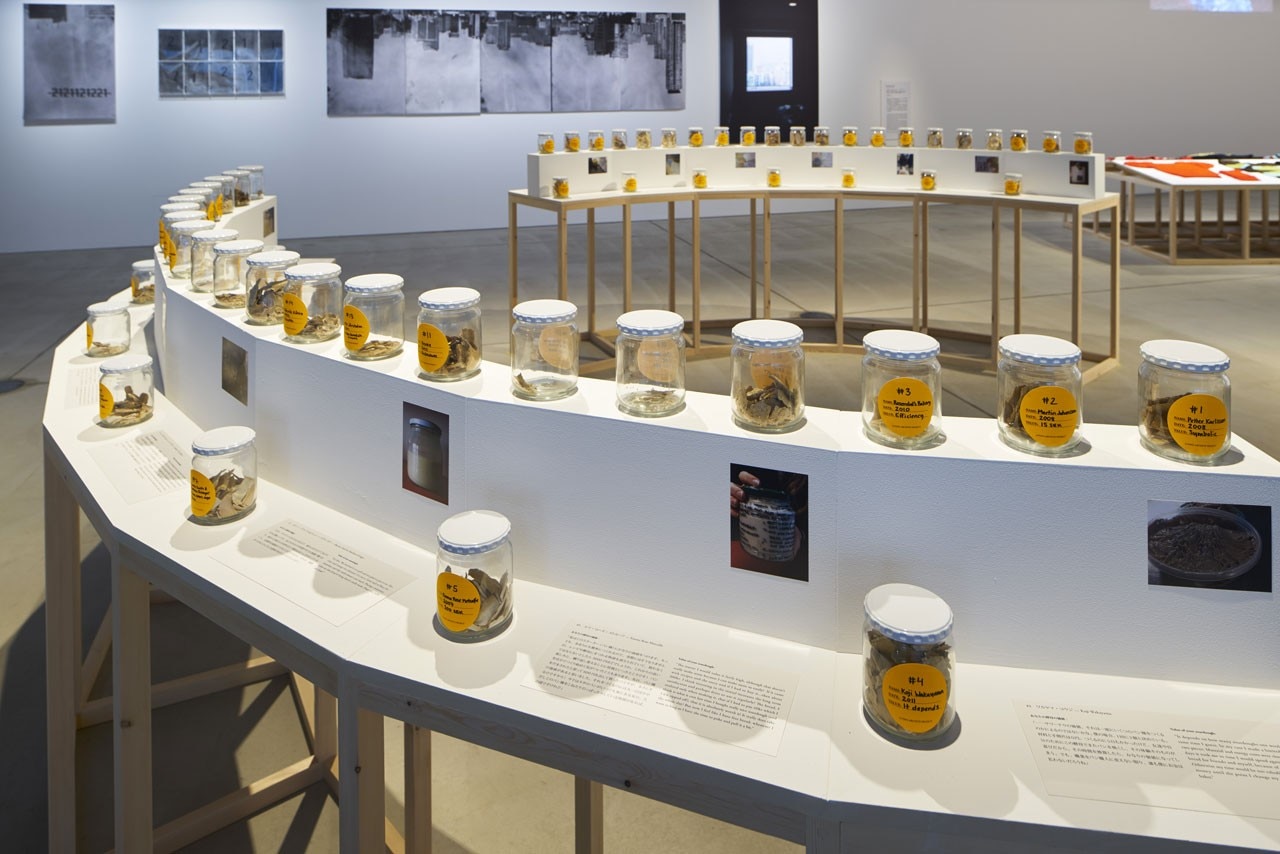
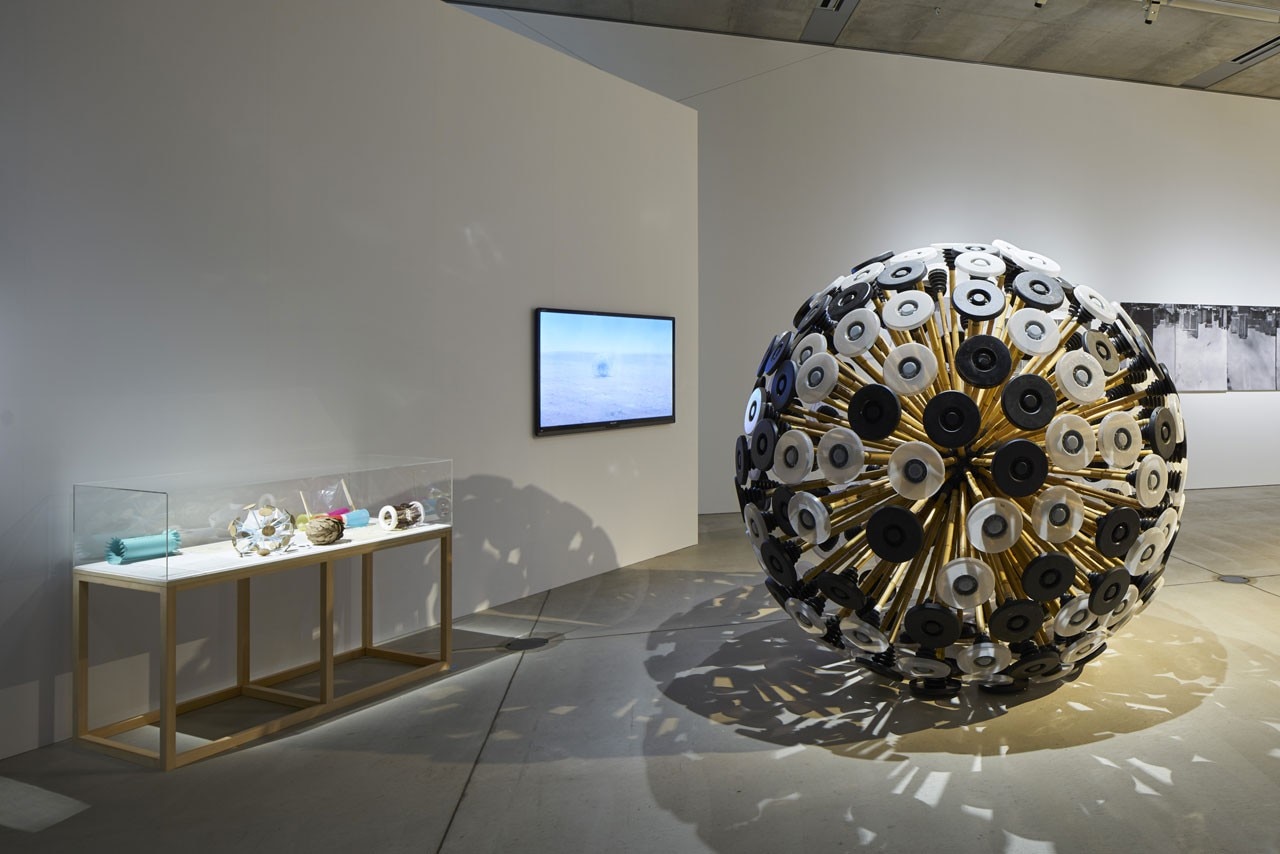
The main galleries are introduced by a subtle fourth hint, making reminiscence to the sensible Japanese tradition of tsukuroi – the ancient art of mending broken ceramic objects with lacquer resin mixed with gold powder (kintsugi) or silver powder (gintsugi). It reminds us about the relevance of design understood as a fixing agent, not only physically but socially.
In the first gallery Makoto Orisaki’s work Line Works – The world changes when you draw lines differently features the idea of “connections” and design that has played a profound role to finding creative solutions to complex problems.
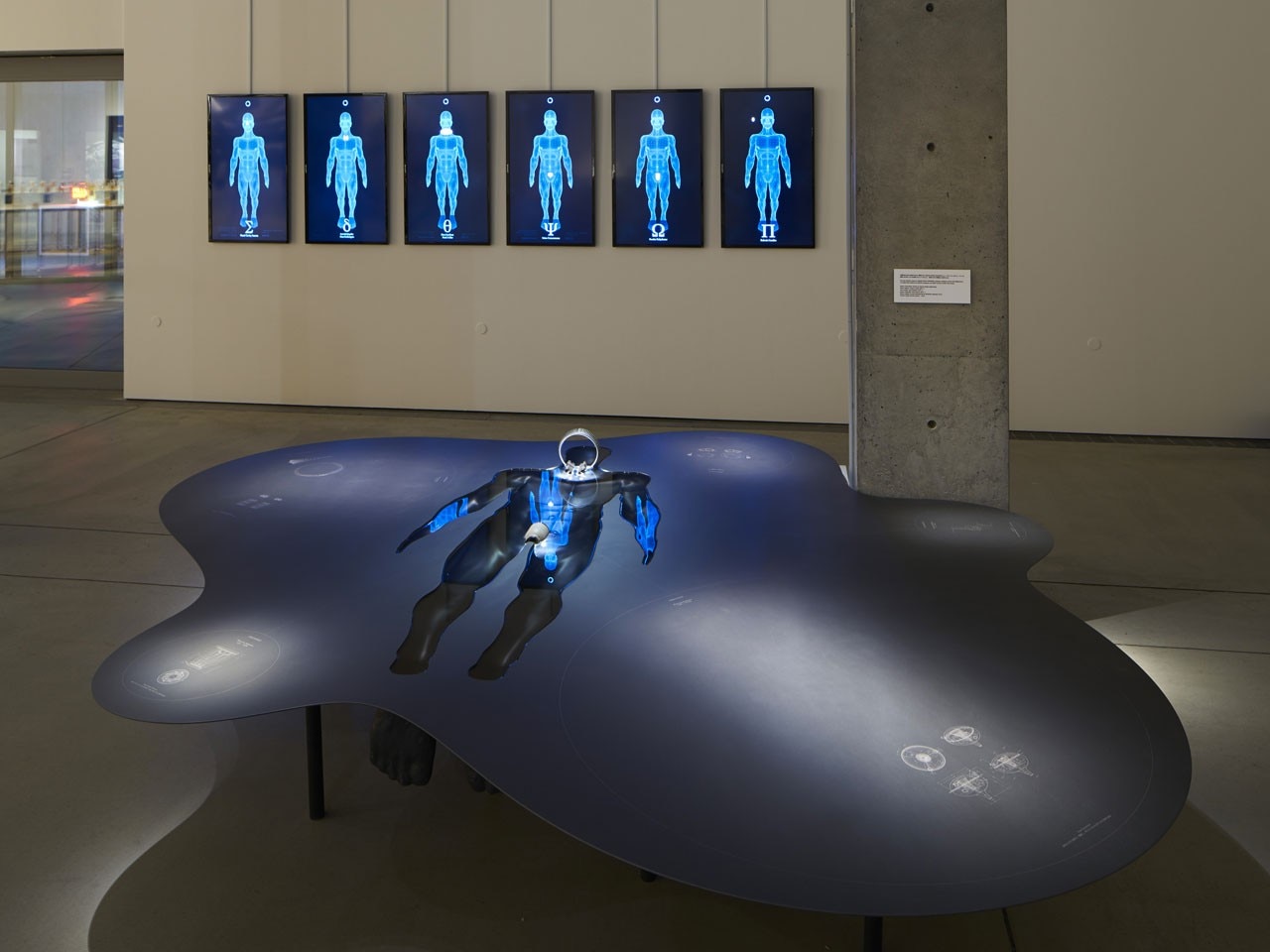
The second and larger main gallery, is organised from a bright open space displaying objects dealing with low-tech design to a dimmed light area at the bottom of the gallery showing more technology-oriented design strategies. As introduction to the main gallery Sweaters by Loes by DNA Charlois & Christien Meindertsma / Wandschappen exhibit over five hundred tiny pictures of knitwear pieces created over 60 years and accidently found by the Rotterdam Museum.
The project Living Archive of experience-designer Josefin Vargö is placed at the centre of the gallery, recording the vanishing tradition of making sourdough across the world and intending to design intangible knowledge. Also the work of renown Japanese photographer Takashi Homma Camera Obscura Study – Aoyama – Roppongi, building by building comprises a series of photos that evoke nearly kinaesthetic experience, when the body becomes an extension of the camera.
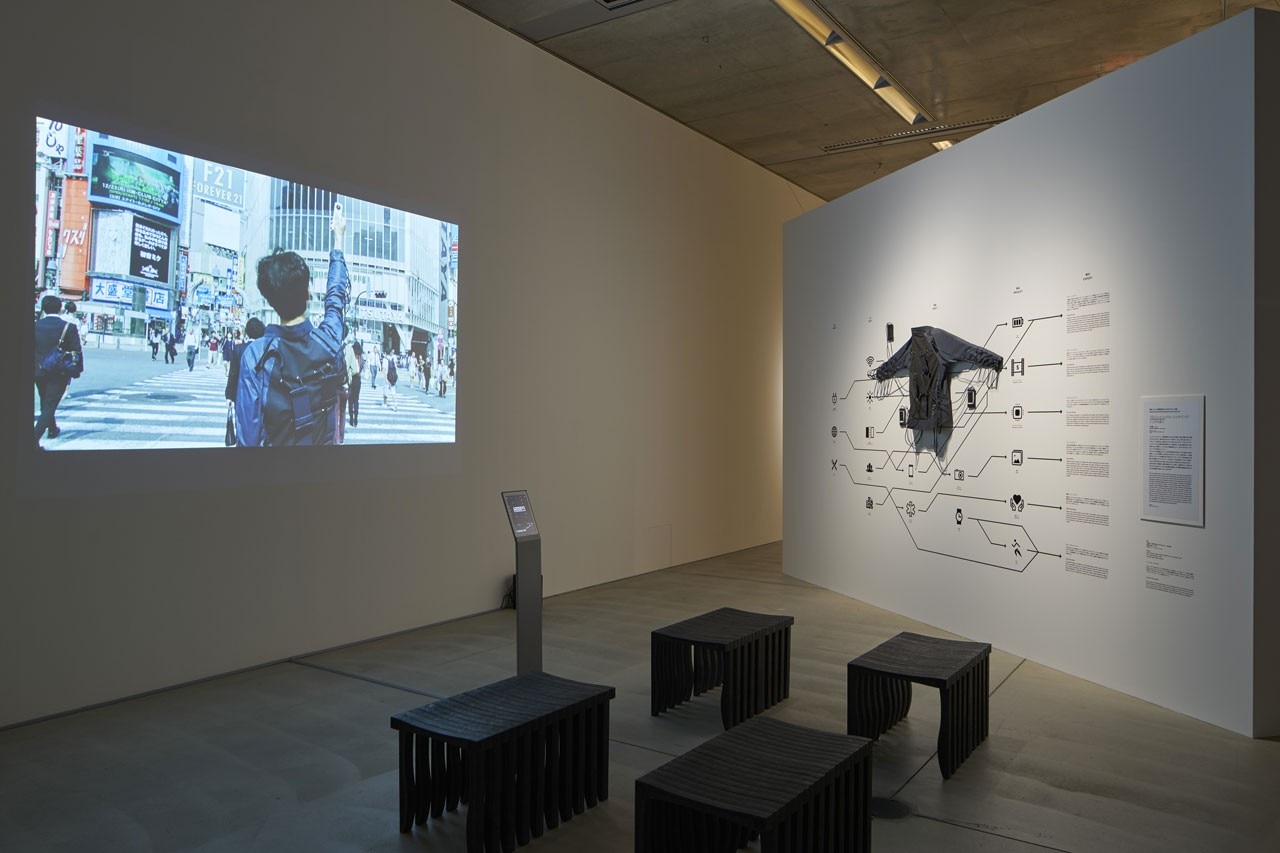
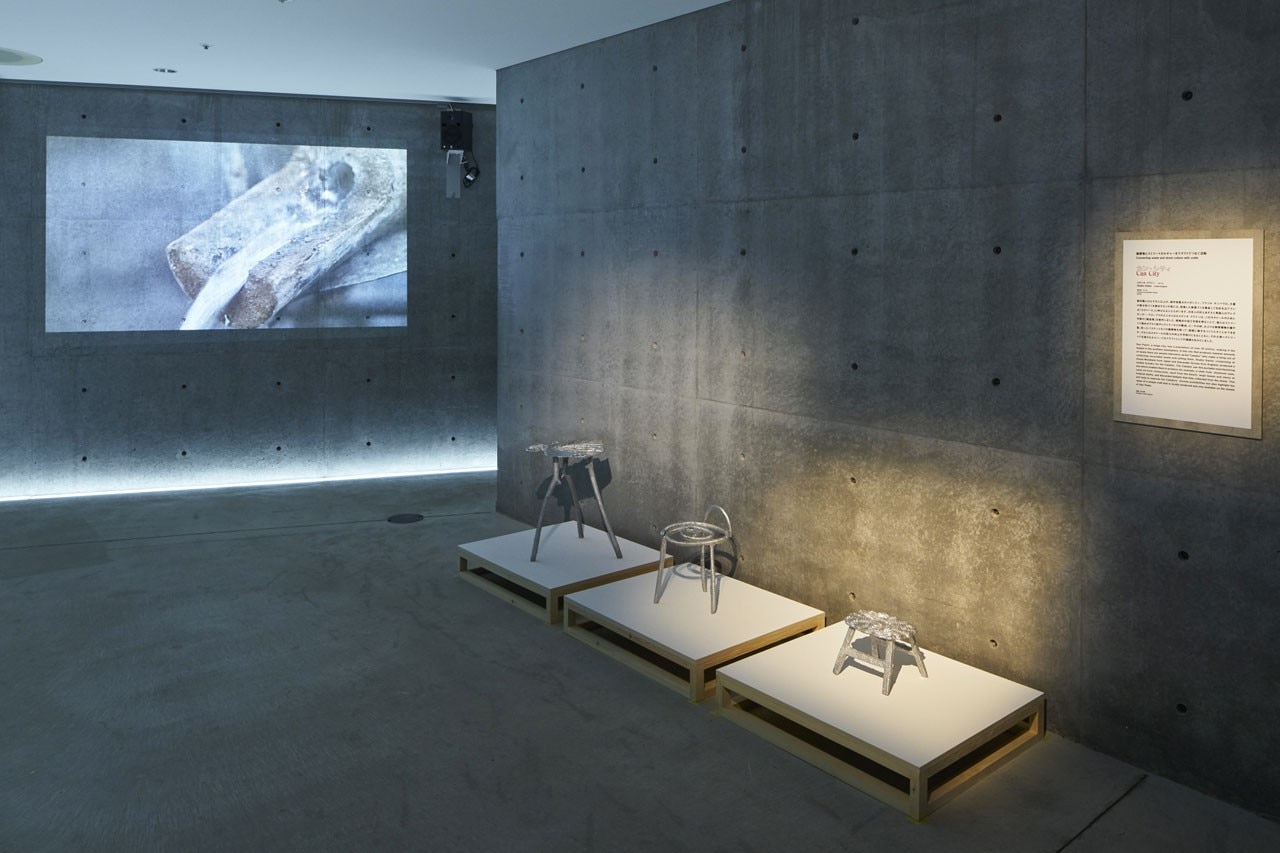
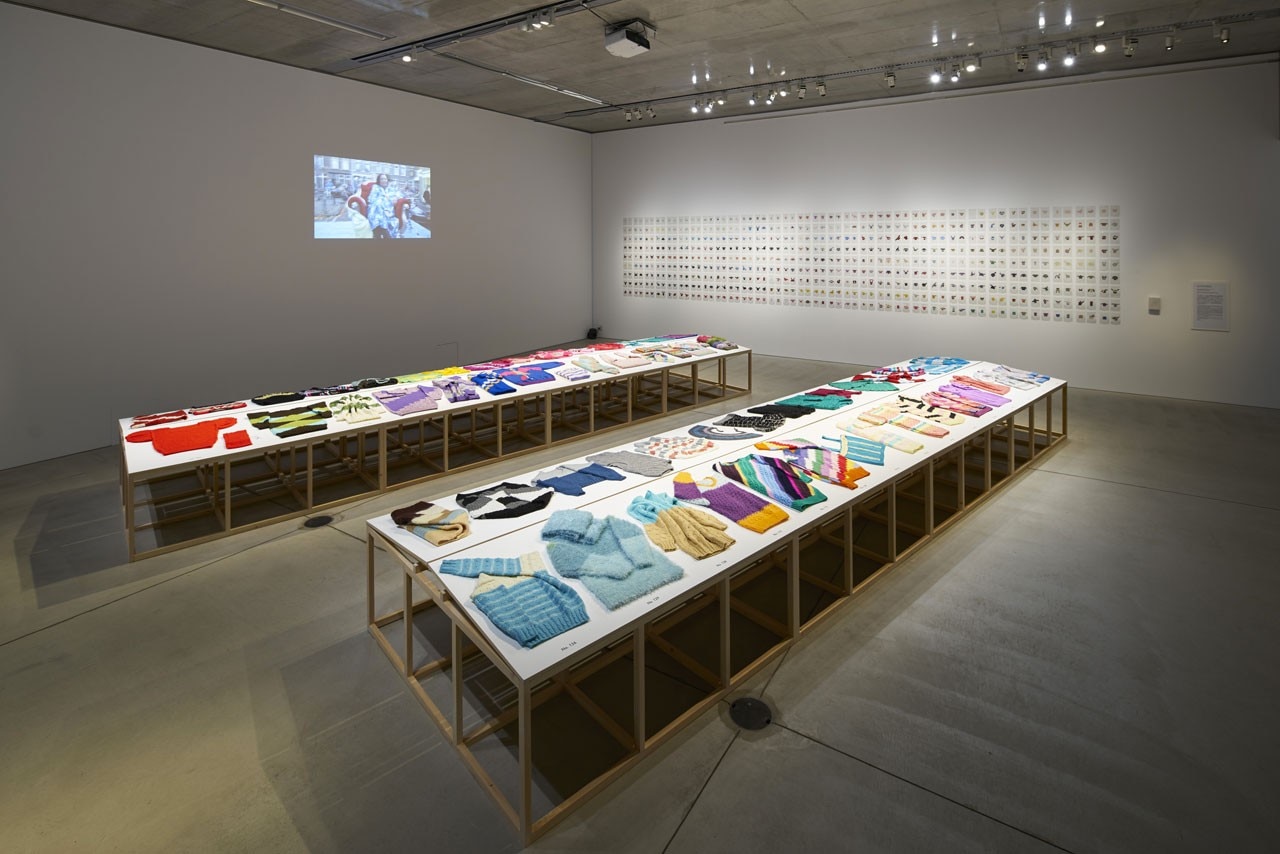
until 1 February 2015
The Fab Mind
21_21 Design Sight, Tokyo


